- 논산명재고택
- 명재 윤증은 1629년 부터 1714년 사이에 살다간 조선시대의 학자이다. 호는 명재이며, 본관은 파평이다. 성리학을 공부하였으며, 특히 예학에 밝은 학자였다.
It's a great season for travel.
October 2nd week KBS News Plaza videofeatured many historically significant places.
If you want to take an Instagrammable picture with pink muhly grass in the background, why not visit the Nari Farm in Yangju?
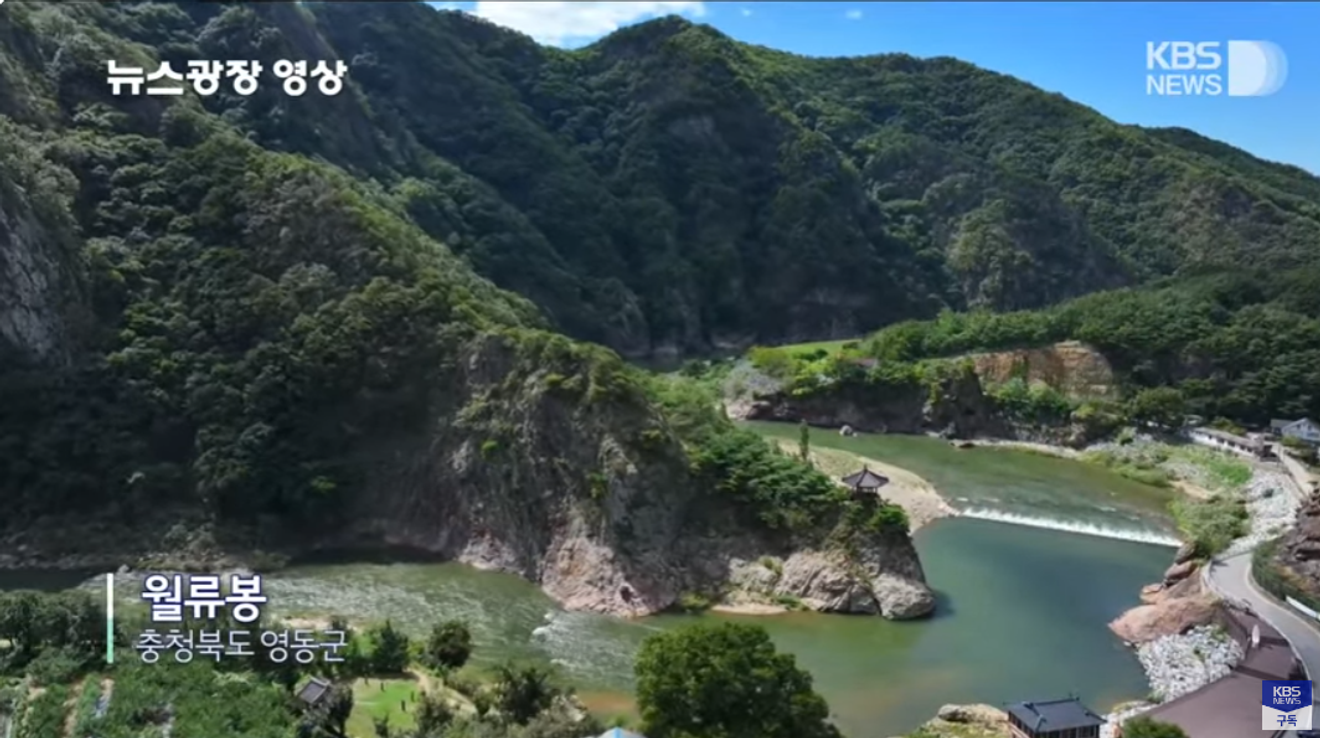
Source: KBS
Wolryubong (One of the Eight Sceneries of Hancheon)
Wolryubong, the first of the Eight Sceneries of Hancheon, means "peak where the moon lingers."
It is a 400.7m high peak with a sheer cliff, and the upper reaches of Chogangcheon River winds below it.
As its name suggests, the scenery is especially beautiful at night.
The Eight Sceneries of Hancheon consists of Wolryubong (the first scenery), Sagunbong, Sanyangbyeok, Yonyeondae, Naengcheonjeong, Hwahonak, Cheonhak-gul, and Beopjonam,
most of which refer to various aspects of Wolryubong.
Uam Song Si-yeol (1607~1689) once stayed here, built a small study, and pursued his studies.
Below Wolryubong, there is Hancheonjeongsa (Chungcheongbuk-do Cultural Property), built to commemorate Uam, and
Yeongdong Song Uam Yuheobi (Chungcheongbuk-do Monument).
In spring, it is dyed red with azaleas and rhododendrons, and in autumn, many people visit for the autumn leaves, mountain climbing, and trail trekking.
(Source: Korea Tourism Organization)
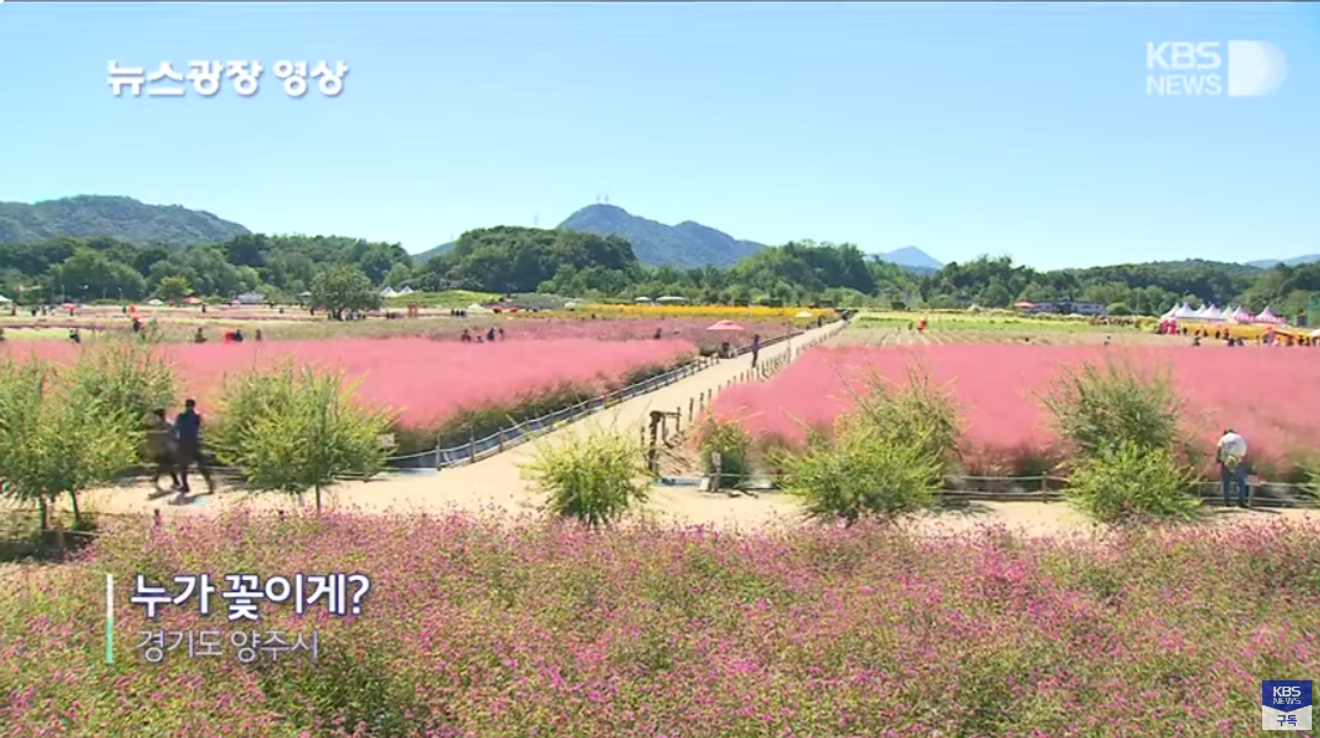
Source: KBS
Yangju Nari Farm
Located near the Yangju National Sports Center, Nari Farm holds an annual cosmos festival in autumn and features pink muhly grass, making it
a popular experiential farm and SNS photo spot.
On its 115,724.8㎡ area, it provides a healing and experiential space for citizens. In spring, it cultivates barley, poppies, cornflowers, etc., and
in autumn, it cultivates 22 types of crops, including cosmos, pink muhly grass, and kochia.
In particular, in autumn, the cosmos, the largest colony in the country covering 66,155㎡, and the pink muhly grass, known as one of the four major sacred sites in the country,
create a spectacular view. Thanks to this, the [Yangju Ten Million Cosmos Festival] held in autumn has become a well-known flower-viewing spot,
establishing itself as a representative flower festival in northern Gyeonggi-do and growing into a tourist attraction visited by many every year.
The 2024 Cosmos Festival is over, but thefarm opening periodis untilOctober 20th (Sun)!
Nearby attractions include Janghung Tourist Area, Gana Art Park, Philux Lighting Museum, Hoeamsa Temple Site, Bukhansan National Park, and National ASEAN Nature Recreation Forest.
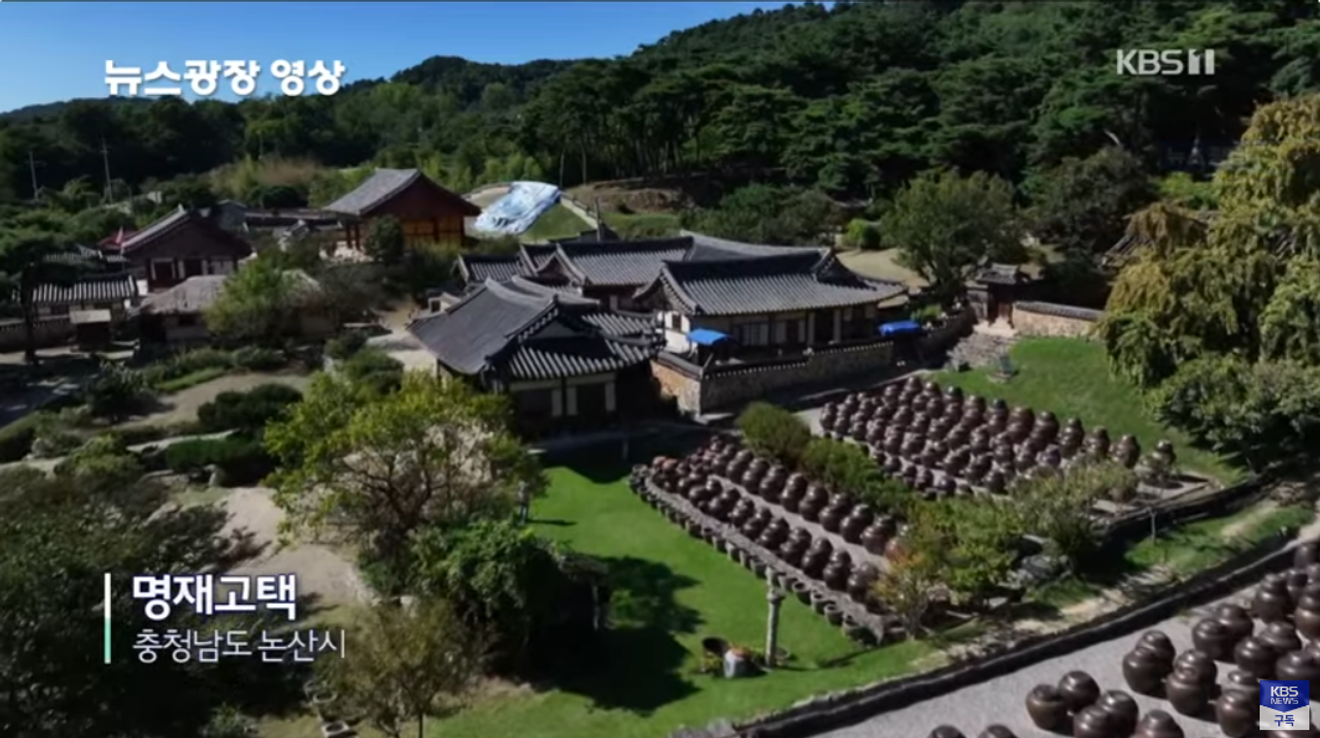
Source: KBS
Nonsan Myeongjae Gotaek
Built during the lifetime of Mr. Yun Jeung (1709), it shows a typical yangban house in the Hoseo region of the mid-Joseon Dynasty.
The functional arrangement of the main building, the detached kitchen, and the men's quarters, centered on the main house, is the architectural wisdom of our ancestors that can only be seen at Myeongjae Gotaek.
In particular, the placement of the detached kitchen, a storage space, away from the main house demonstrates the sophisticated wisdom of our ancestors in their preparation for natural phenomena such as rain, wind, and sunlight,
a sophisticated wisdom in the design of living spaces.
Also, there is a square pond in the southern outer space, which shows the traditional pond techniques of the Joseon Dynasty.
In 1984, it was recognized for its value anddesignated as a National Folk Cultural Property.
This house offersHanok stayand providesexperiential programssuch as tea ceremonies, natural dyeing, and traditional music performances.
Nearby tourist attractions include Noseongsanseong Fortress, Noseong Hyanggyo Confucian School, Noseong Gwonrisa Temple, and Noseong-myeon town.
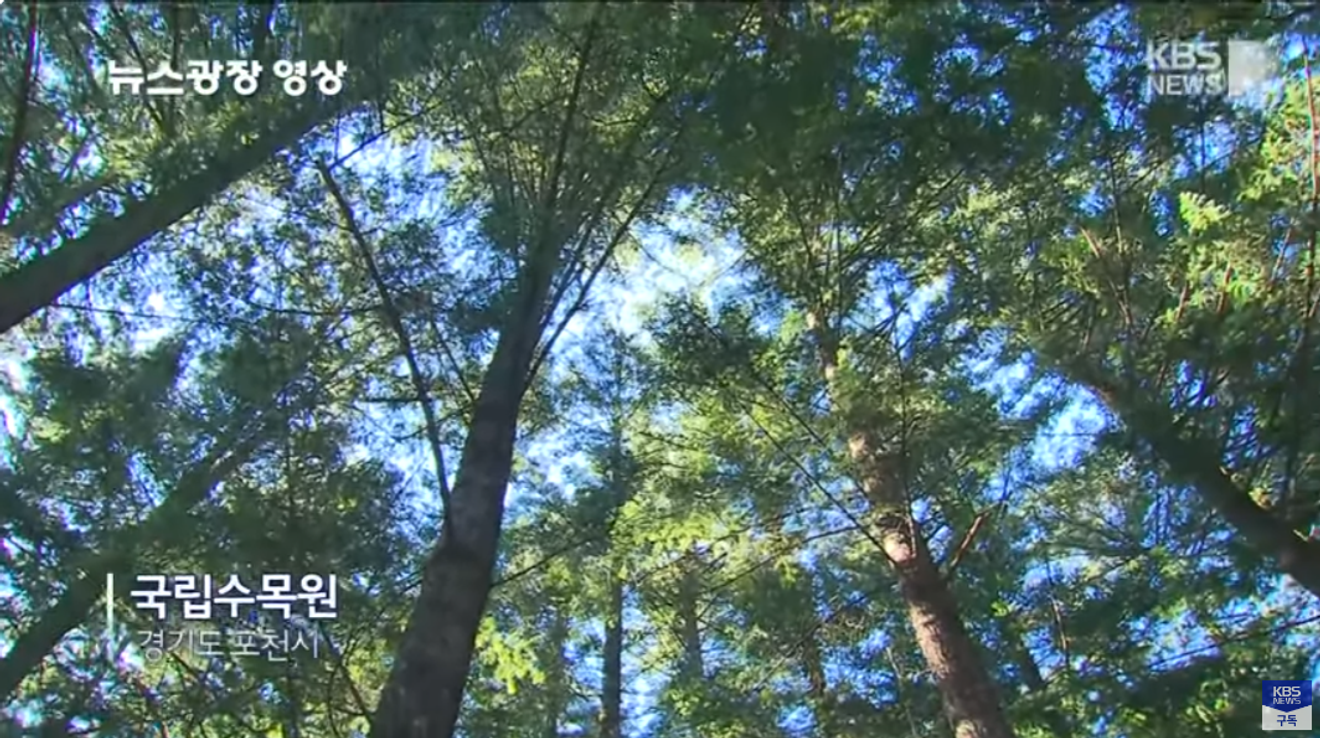
Source: KBS
National Arboretum (Gwangneung Forest)
The National Arboretum was created using the natural forest of the Gwangneung Experimental Forest.
It covers an area of 1,157 hectares and consists of 15 specialized arboreta.
There are a total of 2,983 species of trees, including 1,660 woody plants and 1,323 herbaceous plants, of which 963 are introduced species.
Inside the arboretum, there is aForest Museumthat exhibits all materials related to forestry.
It isthe largest in the Eastwith an area of 1,400 pyeong. It was designed in the traditional Korean style in harmony with nature,
and both the interior and exterior are finished with domestic wood and stone.
With the aim of preserving Gwangneung Forest, a reservation system is in place, limiting the number of daily visitors to 5,000 or less.
For parking, you must make a reservation in advance.
If you enter by public transportation, on foot, or by bicycle,the limit is 4,500 people per dayand you canpurchase tickets on-site and enter.
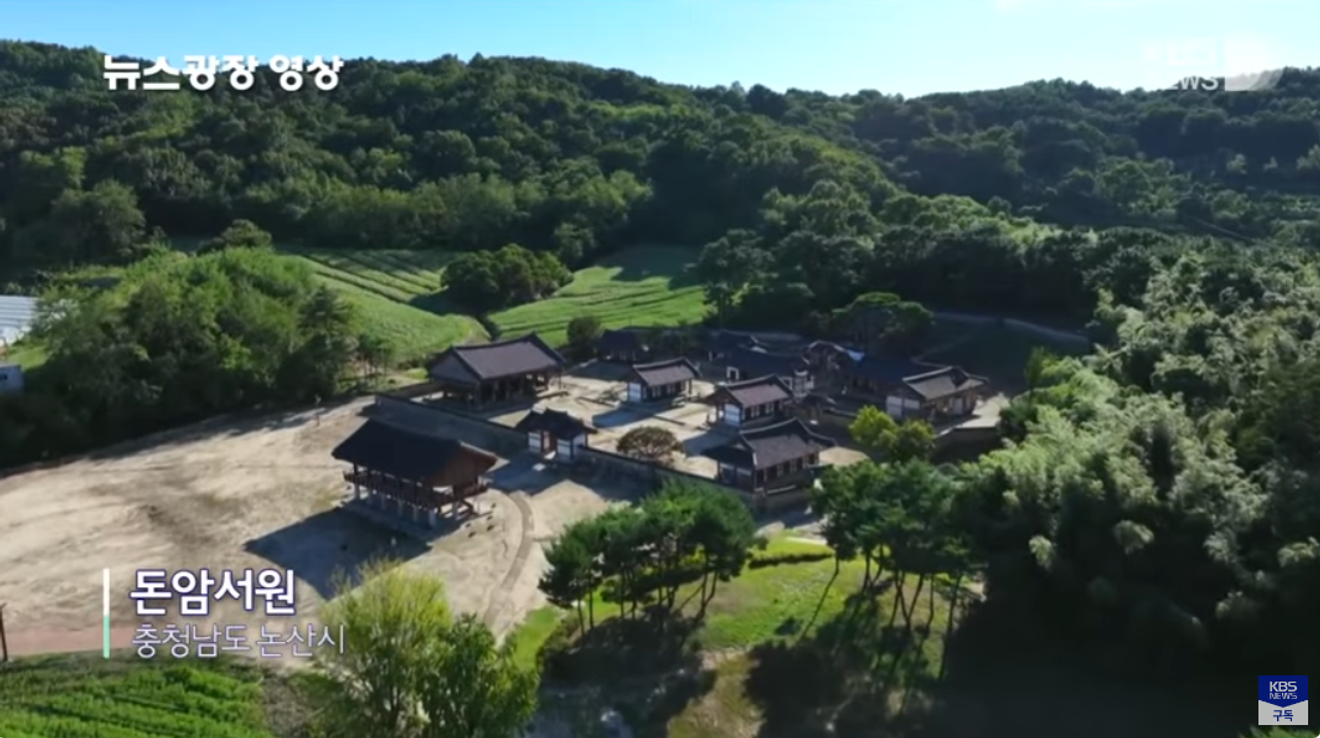
Source: KBS
Donam Seowon (UNESCO World Heritage Site)
Donam Seowon, the center of Giho Sarim and the cradle of Joseon Confucianism
Donam Seowon, the sacred place of Joseon Confucianism
Located in Nonsan, Chungcheongnam-do, Donam Seowon is a Confucian academy built to commemorate Sage Kim Jang-saeng, a master of Yehak (the study of rites) in the Joseon Dynasty.
Founded in 1634, it was given the name "Donam Seowon" by King Hyeonjong in 1660 and rose to the ranks of a royal academy (Sa-aek Seowon).
It enshrines not only Kim Jang-saeng but also Kim Jip, Song Jun-gil, Song Si-yeol, and other leading scholars of the Joseon Dynasty,
establishing itself as the center of Giho Sarim (the scholarly community of the Giho region).
History and Architecture
It was originally located north of its current location, but was moved to its present site in 1880 due to flood damage.
The layout of the academy follows the typical Jeonhak-humyo style, with the lecture hall, Yangseongdang, at the center, flanked by the east and west dormitories.
In addition, there are various buildings such as Jeonghwadang, where Kim Jang-saeng's father taught, and the Jangpangak, which houses woodblocks.
The Significance of Donam Seowon
Donam Seowon is more than just a building; it is the center of Joseon Confucianism and has carried on the spirit of Giho Sarim.
It played an important role in inheriting the scholarship and thought of Sage Kim Jang-saeng and cultivating future scholars.
On July 6, 2019, at the 43rd World Heritage Committee meeting held in Baku, Azerbaijan,
Donam Seowon and nine other "Confucian Academies of Korea" weredesignated as World Cultural Heritage sites.
At that time, Korea's Confucian academies were recognized for their "Outstanding Universal Value (OUV)" as evidence of Neo-Confucianism, which was widely popularized in the late Joseon Dynasty for education and social activities,
and each academy was evaluated as meeting sufficient requirements in terms of authenticity, integrity, and preservation and management plans as a World Heritage site.

Comments0